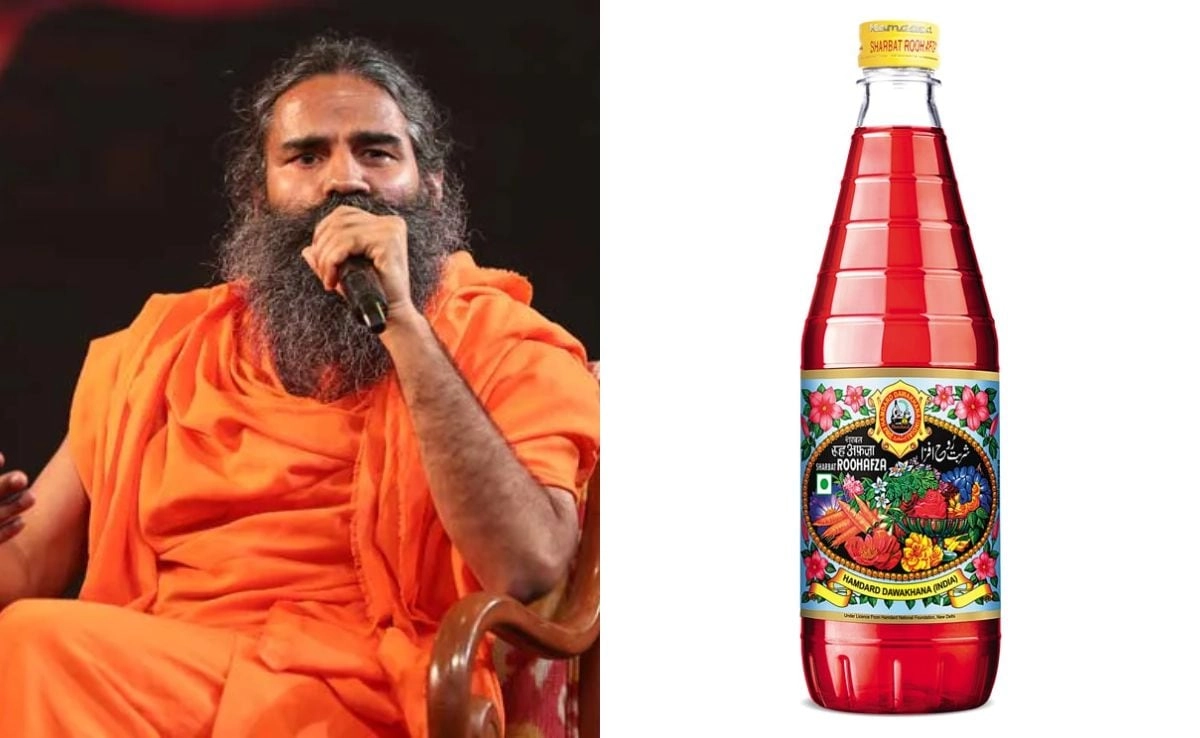In a recent statement, former President Donald Trump expressed optimism regarding trade negotiations with India, indicating that the two nations are “close to making a deal.” This assertion comes against a backdrop of his administration’s decision to impose tariffs on 14 countries, a move that has drawn significant attention and speculation about its implications for global trade relations. Trump’s approach to tariffs has been a hallmark of his economic policy, aimed at protecting American industries and addressing perceived trade imbalances.
The imposition of tariffs on these 14 countries reflects Trump’s ongoing strategy to leverage trade policy as a tool for negotiating better terms for the United States. By targeting specific nations, the former president aims to pressure them into compliance with U.S. trade demands or to renegotiate unfavorable trade agreements. While tariffs can serve as a short-term measure to boost domestic production, they often lead to retaliatory actions from affected countries, complicating international relations and potentially exacerbating trade tensions.
In the context of India, the potential trade deal could signify a shift towards more cooperative economic relations between the two nations. India, as one of the largest emerging markets, presents significant opportunities for American businesses, particularly in sectors such as technology, pharmaceuticals, and agriculture. A favorable trade agreement could not only enhance bilateral trade but also strengthen strategic ties between the U.S. and India, particularly in light of shared concerns regarding China’s growing influence in the region.
As negotiations progress, both countries will need to navigate complex issues, including tariffs, intellectual property rights, and market access. The outcome of these discussions could reshape the economic landscape for both nations, potentially leading to increased investment and collaboration. However, the effectiveness of Trump’s tariff strategy remains to be seen, as the global economic environment continues to evolve and other countries respond to U.S. trade policies. Ultimately, the success of any deal with India will hinge on mutual concessions and a commitment to fostering a more balanced trade relationship.




